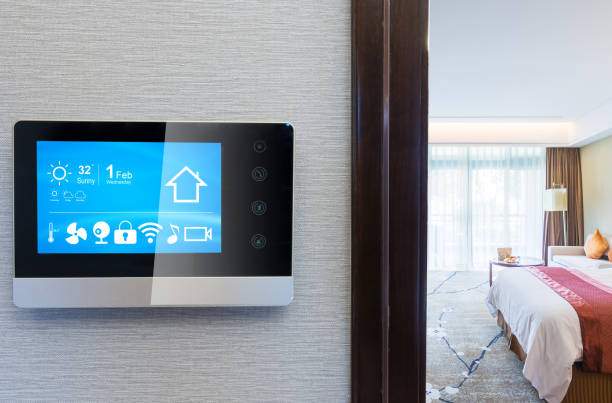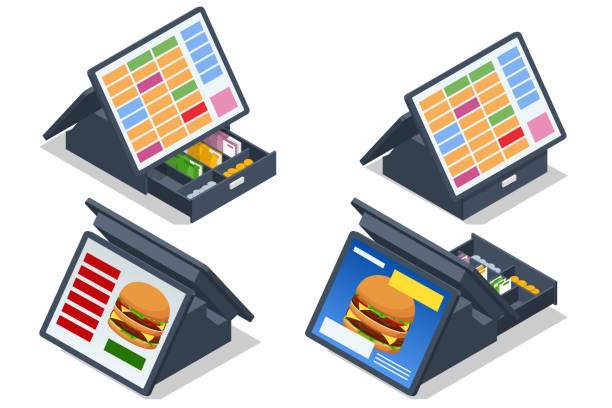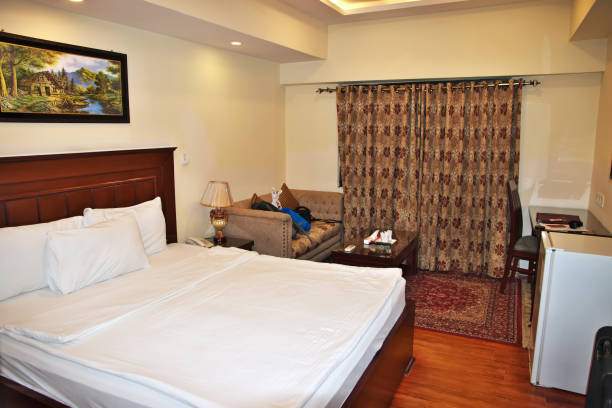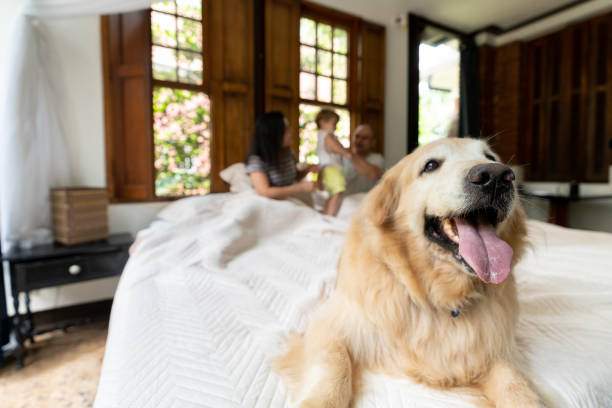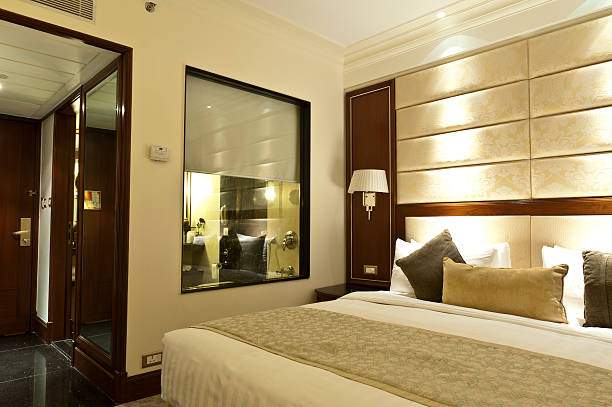In recent years, a new trend has emerged in the realm of hospitality, challenging traditional notions of accommodation and fostering a sense of community among travelers. Co-living spaces, once associated primarily with communal living arrangements among friends or colleagues, have now evolved into innovative hospitality concepts that offer unique living experiences to guests from around the world. In this detailed exploration, we delve into the rise of co-living spaces, examining their origins, characteristics, benefits, and implications for the future of hospitality.
Origins of Co-Living Spaces
The roots of co-living can be traced back to the concept of communal living, which has existed for centuries in various forms and cultures. Historically, communal living arrangements provided individuals with a sense of belonging, shared resources, and mutual support. In recent decades, this concept has been reimagined in urban environments, where rising housing costs, changing lifestyles, and a desire for social connection have fueled the demand for alternative living arrangements.
Characteristics of Co-Living Spaces
Co-living spaces are characterized by their emphasis on community, collaboration, and shared experiences. Unlike traditional hotels or rental accommodations, co-living spaces offer more than just a place to sleep—they provide a vibrant ecosystem where guests can live, work, and socialize together. These spaces often feature a mix of private bedrooms and shared common areas, such as kitchens, living rooms, and coworking spaces, where residents can interact and collaborate.
Additionally, co-living spaces typically offer a range of amenities and services designed to enhance the overall experience for residents. From regular community events and workshops to on-site fitness centers and wellness programs, these spaces prioritize the well-being and satisfaction of their guests. Moreover, many co-living operators leverage technology to streamline the booking process, facilitate communication among residents, and create a seamless living experience.
Benefits of Co-Living Spaces
The appeal of co-living spaces lies in their ability to address several key needs and preferences of modern travelers. For digital nomads, remote workers, and solo travelers, co-living spaces offer an opportunity to connect with like-minded individuals, share knowledge and resources, and combat feelings of isolation. Moreover, the affordability and flexibility of co-living arrangements make them attractive options for long-term stays, especially in expensive urban areas where traditional housing options may be out of reach.
Beyond the social aspects, co-living spaces also cater to the growing demand for experiential travel and authentic cultural experiences. By fostering a sense of community and providing opportunities for meaningful interactions with locals and fellow travelers, these spaces enable guests to immerse themselves in the local culture and forge lasting connections. Additionally, the collaborative environment of co-living spaces can spark creativity, facilitate networking, and inspire personal and professional growth.
In the rapidly evolving landscape of hospitality, hoteliers are constantly seeking innovative ways to meet the changing needs and preferences of travelers. One emerging trend that has captured the attention of the industry is the rise of co-living spaces. While traditionally associated with residential living arrangements, co-living spaces present a host of opportunities for hoteliers looking to diversify their offerings and enhance the guest experience. In this article, we’ll explore the benefits of co-living spaces for hoteliers and how they can leverage this trend to drive growth and success in the competitive hospitality market.
1. Diversification of Offerings:
One of the primary benefits of incorporating co-living spaces into a hotel’s portfolio is the opportunity to diversify offerings and appeal to a broader range of guests. Co-living spaces cater to digital nomads, remote workers, solo travelers, and long-term guests seeking a sense of community and connection. By expanding beyond traditional hotel rooms, hoteliers can attract new demographics and capture market segments that may have been previously underserved.
2. Maximizing Revenue Potential:
Co-living spaces offer hoteliers the opportunity to optimize revenue streams by leveraging unused or underutilized space within their properties. Whether converting existing rooms into co-living units or dedicating specific floors or wings to co-living accommodations, hoteliers can generate additional income while meeting the growing demand for alternative living arrangements. Additionally, co-living spaces often command higher rates than standard hotel rooms, especially for long-term stays, further enhancing revenue potential.
3. Enhancing Guest Experience:
Co-living spaces provide guests with a unique and immersive experience that goes beyond traditional hotel stays. By fostering a sense of community and providing opportunities for social interaction and collaboration, hoteliers can create memorable experiences that resonate with guests long after their stay. From shared amenities and common areas to curated events and networking opportunities, co-living spaces offer a dynamic and enriching environment that encourages connection and engagement.
4. Building Brand Loyalty:
Incorporating co-living spaces into a hotel’s offerings can help strengthen brand loyalty and differentiate the property from competitors. By catering to the evolving needs and preferences of travelers, hoteliers can position themselves as innovative and forward-thinking brands that prioritize guest satisfaction and well-being. Moreover, the sense of community fostered within co-living spaces can lead to lasting relationships and repeat business, as guests become part of a larger network of like-minded individuals.
5. Adapting to Changing Consumer Trends:
As consumer preferences continue to evolve, hoteliers must adapt and innovate to remain competitive in the marketplace. Co-living spaces represent a response to the growing demand for authentic experiences, meaningful connections, and flexible accommodation options. By embracing this trend, hoteliers can stay ahead of the curve and position themselves as leaders in the ever-changing hospitality landscape.
In conclusion, co-living spaces offer a host of benefits for hoteliers looking to stay relevant and competitive in today’s dynamic hospitality industry. From diversifying offerings and maximizing revenue potential to enhancing guest experience and building brand loyalty, co-living spaces present exciting opportunities for hoteliers to innovate and thrive in an increasingly interconnected world. By embracing this trend and leveraging the unique advantages it offers, hoteliers can position their properties for long-term success and growth.
Implications for the Future of Hospitality
The rise of co-living spaces signals a broader shift in the hospitality industry towards more personalized, community-oriented accommodation options. As travelers seek out authentic experiences and meaningful connections, hotels and other accommodation providers are reevaluating their offerings and exploring new ways to meet evolving consumer preferences.
For hoteliers, co-living presents both opportunities and challenges. By incorporating elements of co-living into their properties, hotels can attract a broader range of guests, differentiate themselves from competitors, and tap into new revenue streams. However, adapting to the unique demands of co-living—such as fostering a sense of community, managing shared spaces, and balancing privacy with social interaction—may require hotels to rethink their traditional business models and operational strategies.
In conclusion, the rise of co-living spaces represents a paradigm shift in the hospitality industry, driven by changing consumer behaviors, technological advancements, and a desire for connection and community. As this trend continues to gain momentum, it is poised to shape the future of hospitality, offering travelers a new way to experience the world and fostering a sense of belonging in an increasingly interconnected society.

